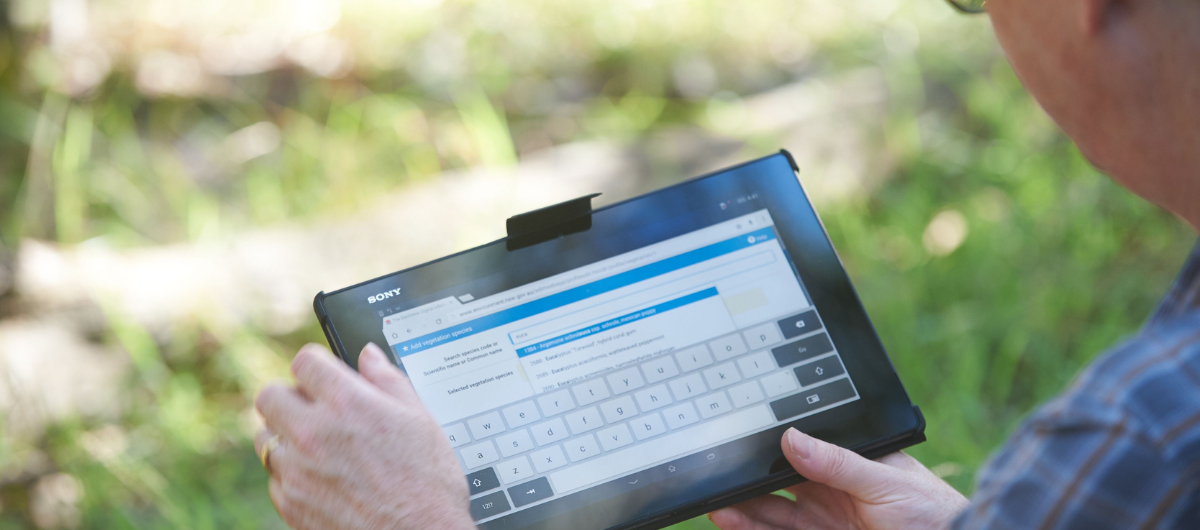BioNet

Harnessing environmental assessment data for reuse
BioNet harnesses biodiversity data to improve the state of knowledge, which optimises environmental decision-making in line with the government’s wider nature strategy. From individual plant sightings to detailed scientific surveys, it offers a wealth of knowledge about ecology and threatened species in NSW. Its objective is to harness environmental assessment data for reuse and develop data standards to facilitate the exchange of plant and animal survey and observation data through application programming interfaces (APIs).
Building infrastructure required to capture and reuse biodiversity data will provide enhanced support for environmental assessments, government decision-making, academic research, and community science programs.
The data will also be delivered to the national Biodiversity Data Repository (BDR) through open and secure APIs, with ongoing development and alignment with the new national data exchange standard - the Australian Biodiversity Information Standard.
Achievements
BioNet is making it easier to submit data on biodiversity in NSW and reduce the cost of data handling. It has also helped establish vendor-neutral infrastructure that allows app developers and industry to create tools to collect and send data to BioNet.
The project’s goal is to make better use of this data to improve NSW’s environmental maps, like the State Vegetation Type Map (SVTM) and Plant Community Types (PCTs) classification. It also shares this data with the Australian Government to support national biodiversity programs.
Engagement
A wide range of stakeholders including government, business, environmental planners and the community were engaged in the consultation process to ensure that the proposed solution aligns with their needs and benefits from the reuse of biodiversity data.
Department leading the project
Department of Climate Change, Energy, the Environment and Water
For more information, please visit: NSW BioNet.